Europe-China Forum
Next event In person & livestreamed
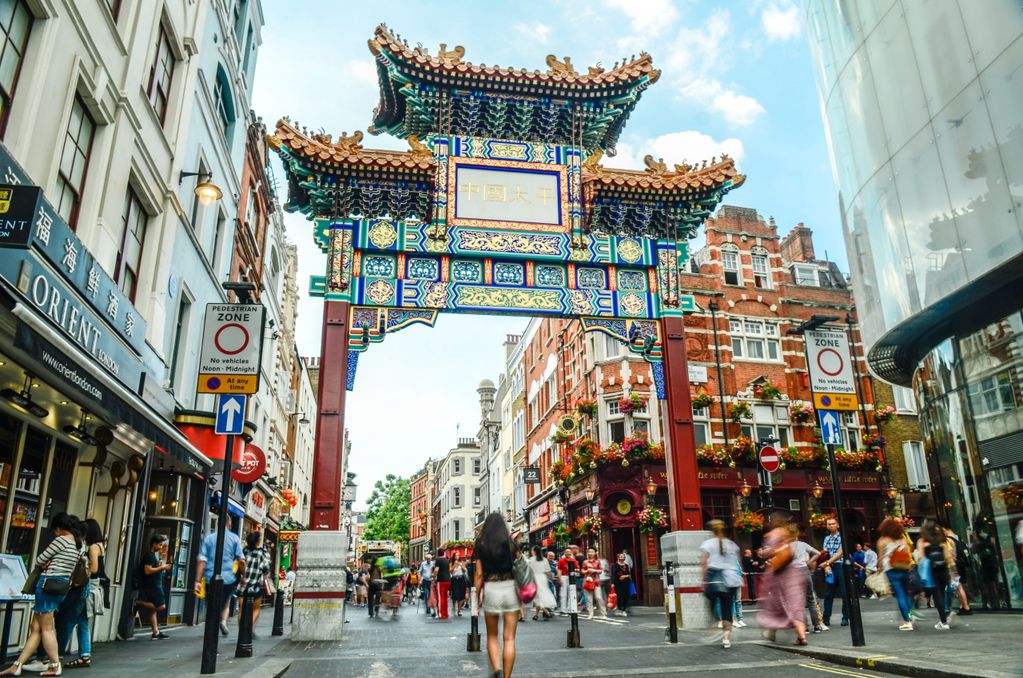
- Area of Expertise
- Global Europe
Global Europe

Managing Director at New Horizons Project
As the United States, under President Donald Trump, retreats from the global stage, the spotlight is on Europe and China as standard bearers of the multilateral, rules-based system.
The question is simple: can a self-confident Europe and an equally self-assured China work together in this age of uncertainty and unpredictability?
Can Europe and China consolidate their bilateral relationship while also working together on crucial questions of global governance – maintaining an open world economy – climate change, security, development?
In other words are China and Europe going to be true strategic partners or will they continue to be entangled in an under-performing transactional relationship?
For some time now, EU-China relations have been bit of a roller coaster ride, marked by moments of euphoria followed by troughs of acrimony, discord and misunderstandings. In a world of constant flux both Europe and China – and the wider world – would greatly benefit if their ties were made more robust and resilient.
Both China and Europe are on the road to better mutual understanding and have made many promises to work with each other on both the bilateral and multilateral levels.
Can a self-confident Europe and an equally self-assured China work together in this age of uncertainty and unpredictability?
Much more needs to be done by both sides, however, to make this a more dynamic and rewarding strategic relationship – and to translate good intentions and declarations into actions.
Both China and Europe have come a long way in the last four decades and they are still changing and growing. Theirs used to be a relationship between a developed power and a developing country. The EU was eager to teach and China was eager to learn. Today, although the EU may still want to teach, the focus is very much on the sharing of knowledge, know-how and experience between equal partners.
Trade and business continue to be at the core of EU CHINA relations but the relationship is expanding. The EU-China Strategic Agenda for Cooperation adopted in 2013 lists an array of areas including peace and stability, prosperity, innovation, urbanization, where China and Europe can and want to work together.
There are over 70 sectoral dialogues which show just how diverse and comprehensive this relationship is. There are also high level dialogues on economic relations, strategic questions and people to people.
China’s impressive Belt and Road Initiative (BRI) has added a new element and new avenues for cooperation. With this initiative and the creation of the Asian Infrastructure Investment Bank (AIIB) China has shown it really wants to play its role as a “responsible stakeholder” – as the West has been urging over the last decade
Brussels and Beijing are negotiating a wide-ranging Bilateral Investment Treaty to promote and protect each other’s’ growing investments. The EU-China Connectivity Platform, established in 2015 to create synergies between EU policies and projects and the BRI. The EU-China innovation dialogue is full of potential. In addition, the strategic dialogue held in Beijing in April focused on many global hotspots, including Syria, Iran and North Korea.
At the 19th EU-China summit held in Brussels last month, Premier Li Keqiang and EU leaders made important statements upholding their commitment to combating climate change and a liberal global trading system. The recent G20 meeting illustrated even more powerfully just how much Europe and China recognise that they need to work together in this age of Trump and the uncertainty it has caused.
If Europe-China relations are to fulfill their full potential, both sides need to have a radical rethink of how to work with each other
This is of course very impressive. And yet. Although their connections are getting stronger, EU-China are still too often dangerously jolted by periodic disagreements and acrimony There is a long way to go before EU-China ties become truly strategic and before both sides really use the window of opportunity offered now by what we call the “Trump Effect” to make their bonds stronger. There is clearly a lack of mutual trust.
There are some important areas of friction. China wants the EU to give it market economy status as written in article 15 of its accession protocol to the World Trade Organisation. The EU has tried to come up with a new system of trade defence but China has taken the EU to the WTO’s dispute settlement court over the issue.
Beijing wants to negotiate a Free Trade Agreement with the EU, on the lines of the deal just done with Japan or the one planned with ASEAN countries – and is unhappy with the EU’s insistence that the priority for the moment is to negotiate the Bilateral Investment Treaty.
EU policymakers and business leaders worry about trade and investment barriers in China and insist on a further opening up of China’s markets as regards exports, services and investments. The EU’s focus, meanwhile, is on fair trade, reciprocity, and a possible screening of foreign investments. There is disagreement over the reasons for global steel oversupply and how to deal with it.
It is unfortunate that these issues should cast such a big shadow over a multi-faceted and promising relationship. After all EU-China trade is booming and investment flows are buoyant. But because of these questions the 19th EU-China summit, held in Brussels in early June, did not result in a joint statement, the second year in a row that this is happened.
If Europe-China relations are to fulfill their full potential, both sides need to have a radical rethink of how to work with each other.
Here are some suggestions:
How can this be achieved? China and Europe should:
Such interaction can go a long way in creating more trust between the two sides. It can also help to create a more stable relationship anchored in a better understanding of each other’s priorities and concerns.
Living together in the 21st Century requires that countries work with each other despite their differences. China has always said it wants to see a strong and united Europe. Europe also needs a stable and growing China.
In a world of uncertainty, China and Europe should make sure their actions match their words.
(The article is based on a keynote address at the first European symposium of the World Forum on China Studies held in Berlin on 9-10 July 2017)
Next event In person & livestreamed

Past event

Past event Online
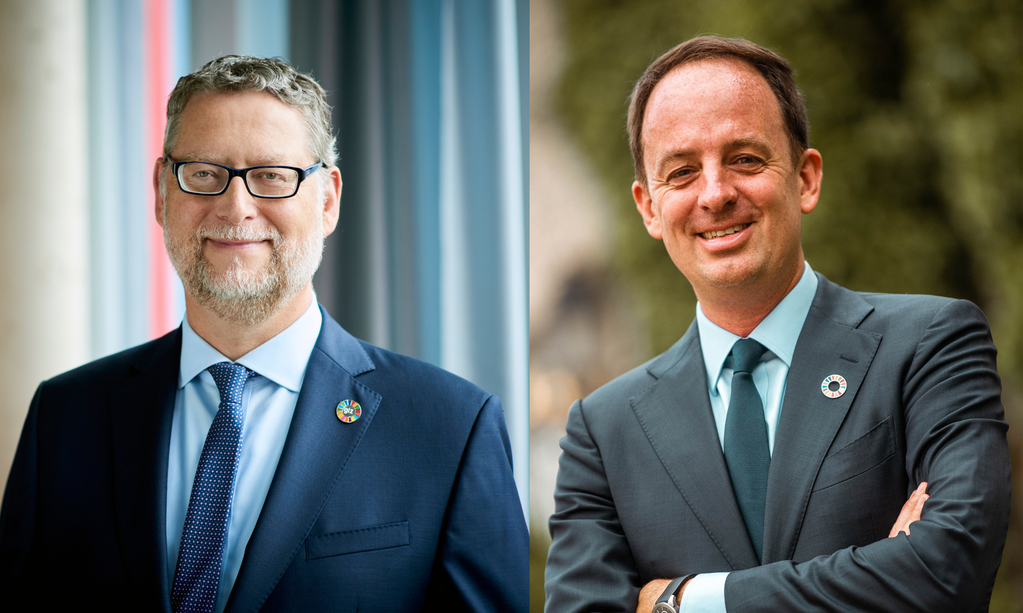
Past event IN PERSON & ONLINE

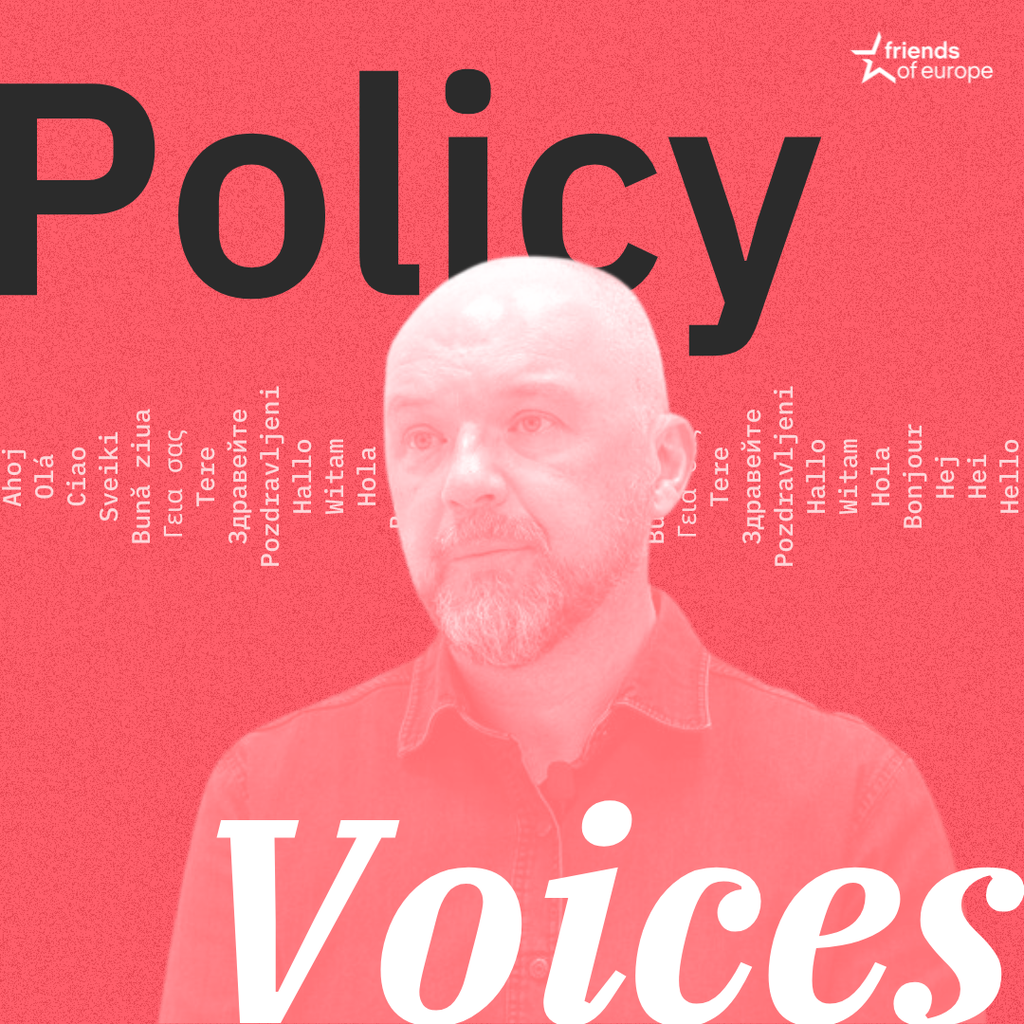
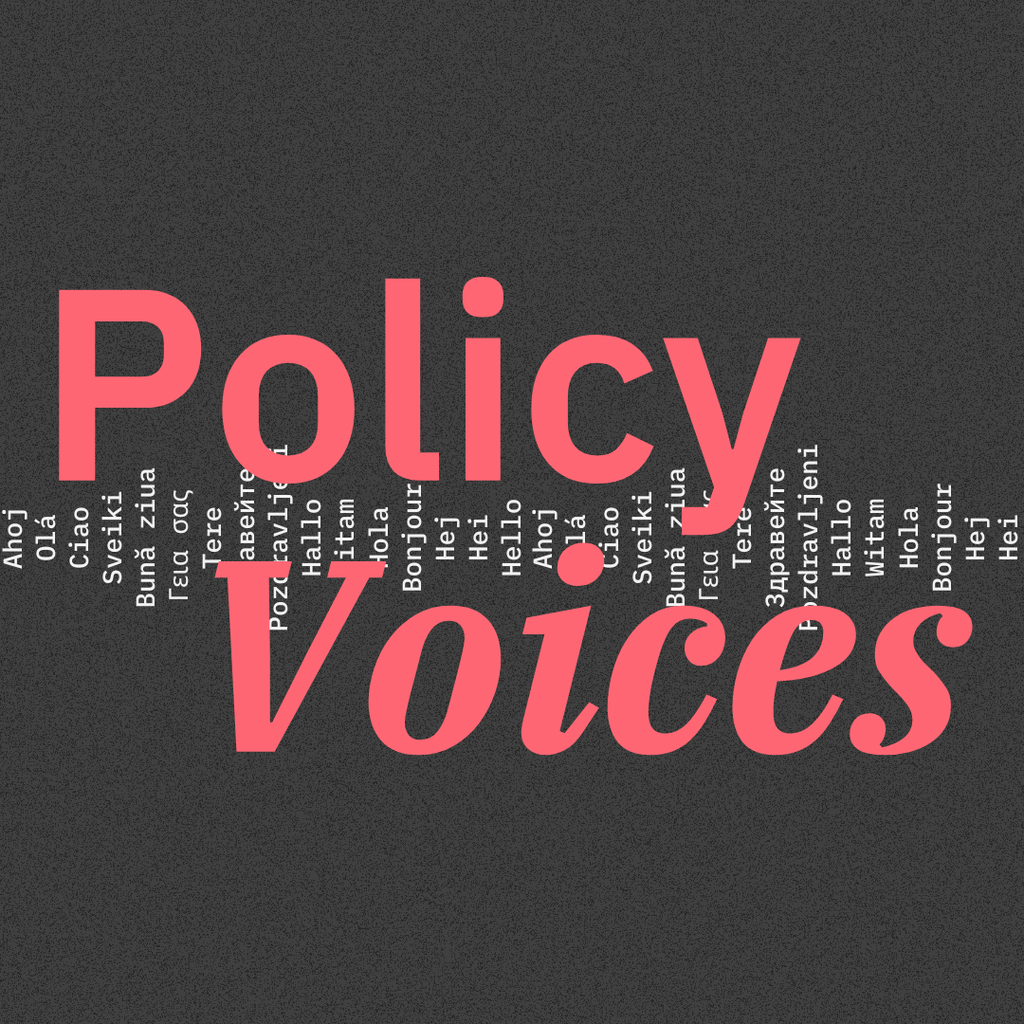
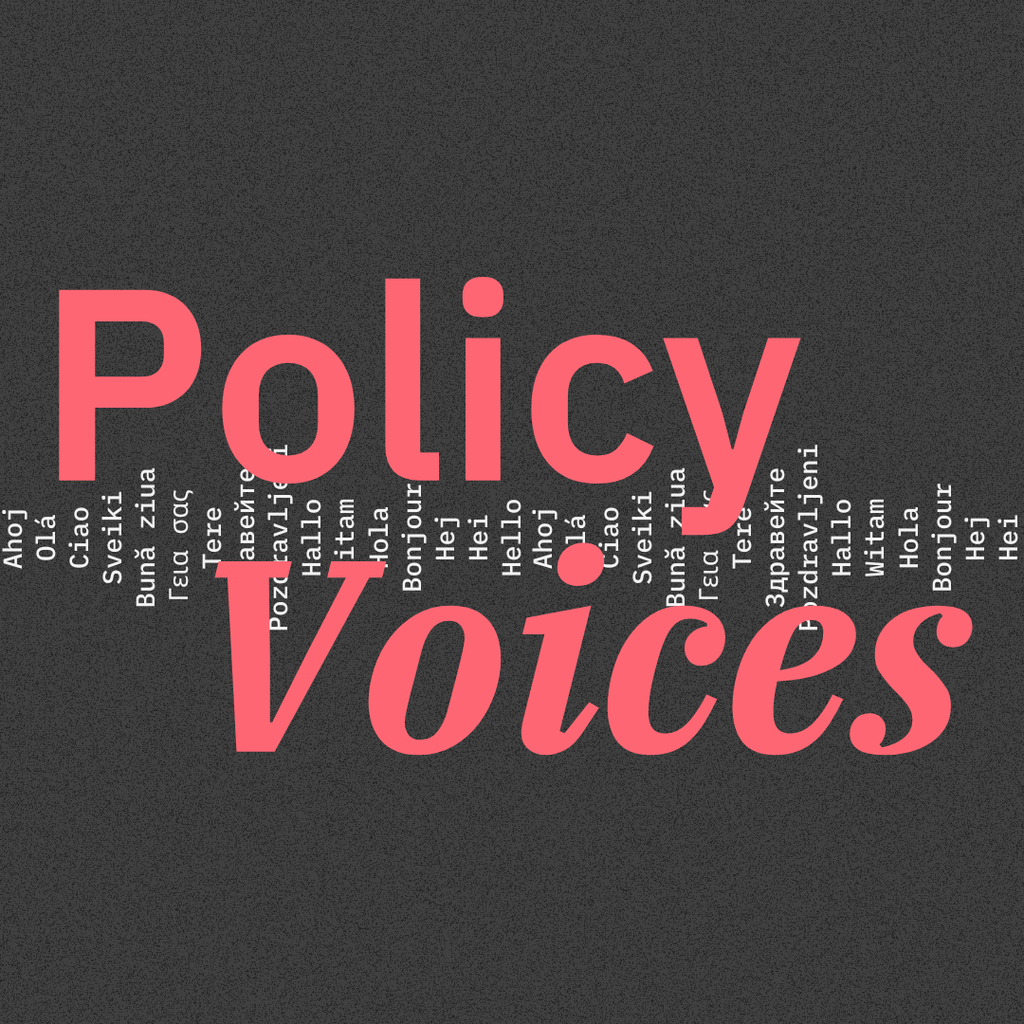

Stay informed
We use cookies and similar technologies to adjust your preferences, analyze traffic and measure the effectiveness of our campaigns. Learn more about our privacy policy.